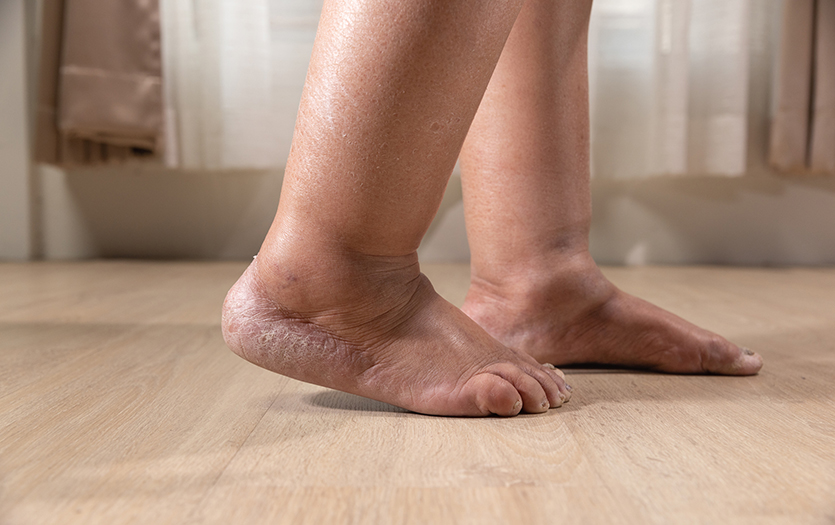
Cellulitis is a common skin infection that can start small but result in significant health issues. Although it’s common, many individuals may not know exactly what it is when it presents. In this post, we’ll cover the common symptoms, causes and best avenues for treating cellulitis.
Causes
Cellulitis is a skin infection, usually caused by Streptococcus or Staphylococcus bacteria. Cellulitis typically develops after a break in the skin from a scrape, cut, bite or puncture, or after an individual has a rash.
Symptoms
A doctor should evaluate symptoms that can occur with cellulitis, which may include:
- Painful, red, hot, swollen skin that may crack, split or weep fluid
- Red streaks extending from the red area toward the body (lymphangitis)
- Fever and chills
- Drainage of pus
- Swollen glands
- General feeling of illness (malaise)
Facial cellulitis in children requires immediate medical attention to prevent potentially dangerous eye or brain infections.
Diagnosis
Doctors are often able to diagnose cellulitis based on your symptoms and a physical exam. In most cases, you won't need further testing.
In some cases, testing is necessary to determine the cause of symptoms and to rule out another potential issue. The provider might order blood tests, an ultrasound or an imaging test, such as a CT scan or an MRI.
Treatment
Mild cases of cellulitis is typically treated with antibiotics, resting and elevating the affected area, and applying warm compresses.
Cellulitis may be more severe for people who have decreased blood flow (venous stasis), long-term swelling, diabetes or an impaired immune system. In these cases, the individual may need to stay in a hospital for closer monitoring and to receive antibiotics through an IV so the medication goes directly into their bloodstream.
For best outcomes, follow your doctor's instructions for medication and skin care.
Caring for cellulitis
Getting through a bout of cellulitis does require some specific care, for comfort and recovery, including:
- Take your antibiotics as directed. Do not stop taking them just because you feel better. You need to take the full course of antibiotics.
- Prop up the infected area on pillows to reduce pain and swelling. Try to keep the area above the level of your heart as often as you can.
- If your doctor told you how to care for your wound, follow your doctor's instructions. If you did not get instructions, follow this general advice:
- Wash the wound with clean water two times a day. Don't use hydrogen peroxide or alcohol, which can slow healing.
- You may cover the wound with a thin layer of petroleum jelly and a nonstick bandage.
- Apply more petroleum jelly and replace the bandage as needed.
- Be safe with medicines. Take pain medicines, prescription or over-the-counter, exactly as directed. If you did not get a prescription, talk to your provider about the best option.
Prevention
To avoid getting cellulitis, follow these simple recommendations:
- Try to prevent cuts, scrapes or other injuries. Cellulitis most often occurs where there is a break in the skin.
- If you get a scrape, cut, mild burn or bite, wash the wound with clean water as soon as you can to help avoid infection. Don't use hydrogen peroxide or alcohol, which can slow healing.
- If you have swelling in your legs (edema), support stockings and good skin care may help prevent leg sores and cellulitis.
- Take care of your feet, especially if you have diabetes or other conditions that increase the risk of infection. Wear shoes and socks. Do not go barefoot. If you have athlete's foot or other skin problems on your feet, talk to your doctor about how to treat them.
If you are showing signs of infection or suspect you have cellulitis and require medical assistance, contact your primary care provider or one of our convenient Urgent Care options.
Copyrighted material adapted with permission from Healthwise, Incorporated. This information does not replace the advice of a doctor.



